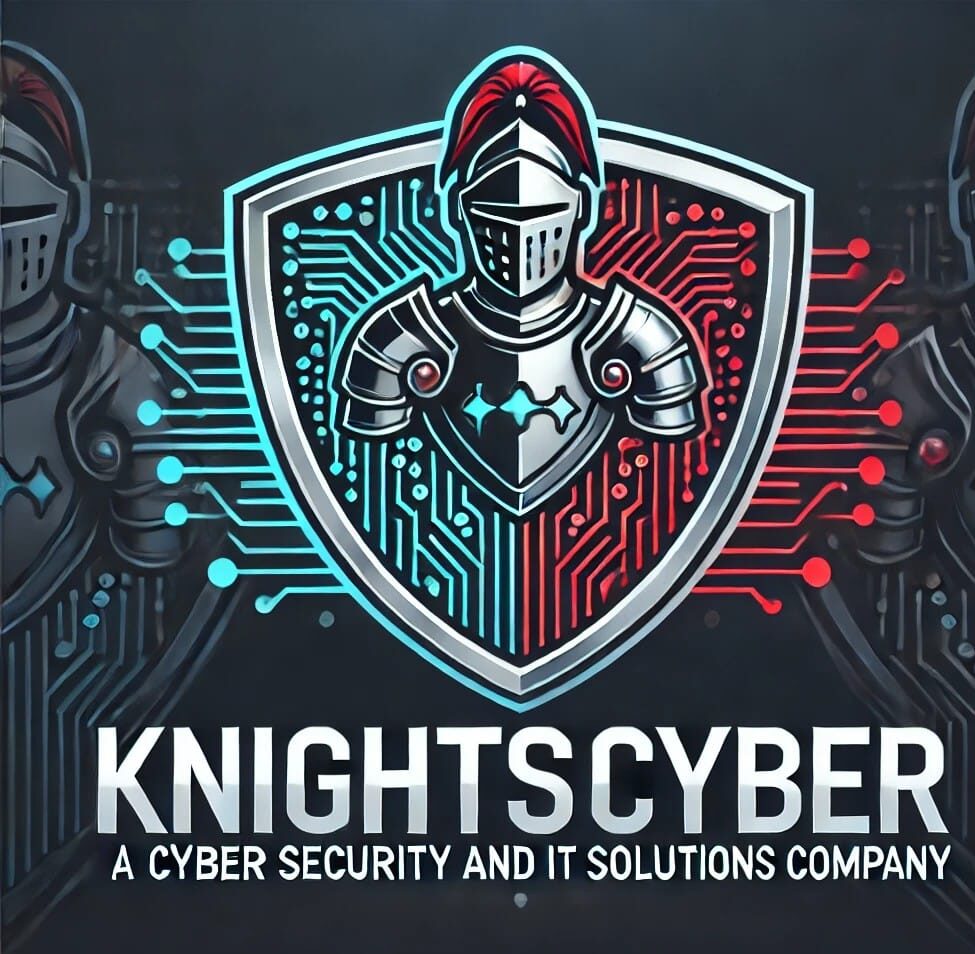AI and Automation Transforming Cybersecurity Threat Detection in 2025
CyberSecurity
AI and Automation Transforming Cybersecurity Threat Detection in 2025
The world of cybersecurity is on the verge of a transformative era, as AI and automation technologies are poised to redefine how threat detection is performed. With cyber threats becoming increasingly sophisticated, the integration of AI into cybersecurity strategies is not just an option, but a necessity. As we approach 2025, organizations worldwide are eager to harness these advancements to better protect their digital assets and stay ahead of potential threats.
The Evolution of Cybersecurity Threat Detection
For years, cybersecurity has relied on manual processes and human analysts to identify and mitigate threats. However, the sheer volume and complexity of cyber attacks have outpaced traditional methods. In response, AI-driven technologies are stepping in to fill the gap. These innovations offer capabilities that far exceed human limitations, allowing for faster and more accurate threat detection.
The Role of AI in Modern Cybersecurity
- **Advanced Analytics:** AI algorithms can analyze vast amounts of data at incredible speeds, identifying patterns and anomalies that may indicate a potential threat.
- **Behavioral Monitoring:** By understanding normal user behavior, AI systems can detect unusual activities that could signal a cyber attack.
- **Predictive Analysis:** AI can foresee potential security breaches by evaluating historical data, thereby allowing preemptive countermeasures.
These capabilities enable organizations to shift from reactive to proactive security postures, drastically reducing the time between threat detection and response.
Automation: Enhancing Efficiency and Accuracy
While AI provides the intelligence, automation offers efficiency, ensuring that threat detection and response processes are swift and precise. Automation in cybersecurity results in reduced human error, streamlined operations, and enhanced system productivity.
Benefits of Automation in Cybersecurity
- **24/7 Surveillance:** Automated systems continuously monitor networks, ensuring constant vigilance against cyber threats.
- **Rapid Response:** Automated protocols can instantly neutralize detected threats, minimizing damage and exposure.
- **Resource Optimization:** By handling routine tasks, automation frees up human analysts to focus on more complex security issues.
Through automation, organizations can maintain a high level of security without overwhelming their IT teams, ensuring that systems remain resilient against evolving cyber threats.
Tackling Emerging Cyber Threats in 2025
With cybercriminals becoming increasingly resourceful, the landscape of cyber threats is expected to evolve by 2025. To effectively safeguard against these emerging dangers, a combination of AI and automation will be crucial. Here are some anticipated cyber threats:
Emerging Threats
- **Ransomware Evolution:** Attackers will likely use advanced tactics, such as AI-driven ransomware designed to adapt and hide within systems more effectively.
- **IoT Vulnerabilities:** With the proliferation of IoT devices, attackers will exploit weaknesses in these products to access networks and data.
- **Supply Chain Attacks:** Cybercriminals will increasingly target supply chains to penetrate multiple organizations through a single entry point.
Addressing these threats requires a multi-layered security strategy that incorporates both AI and automation, ensuring that all facets of security are covered.
The Future of Cybersecurity: Collaboration and Innovation
As we move towards 2025, the integration of AI and automation in cybersecurity will foster unprecedented levels of collaboration and innovation. Organizations must leverage these technologies not just for defense but to drive forward-thinking strategies that anticipate future threats and vulnerabilities.
Key Strategies for the Future
- **Collaborative Threat Intelligence:** By sharing data and insights across industries, organizations can develop a united front against cybercriminals.
- **Continuous Learning and Adaptation:** AI systems must evolve to keep pace with emerging threats, equipped with up-to-date data and algorithms.
- **Cross-Disciplinary Innovation:** Collaborating with fields such as machine learning, behavioral psychology, and data science can lead to more robust security solutions.
The fusion of AI, automation, and human expertise will create a hyper-efficient cybersecurity ecosystem capable of defending against the threats of tomorrow.
Conclusion
In conclusion, the landscape of cybersecurity is undergoing a significant transformation driven by AI and automation. As we edge closer to 2025, these technologies will not only enhance threat detection and response but also redefine the very framework of digital security. Organizations that embrace these advancements will be better equipped to protect their digital territories in an increasingly complex and hostile cyber environment. By investing in AI-driven cybersecurity solutions today, companies can fortify themselves against the uncertainties of tomorrow.
